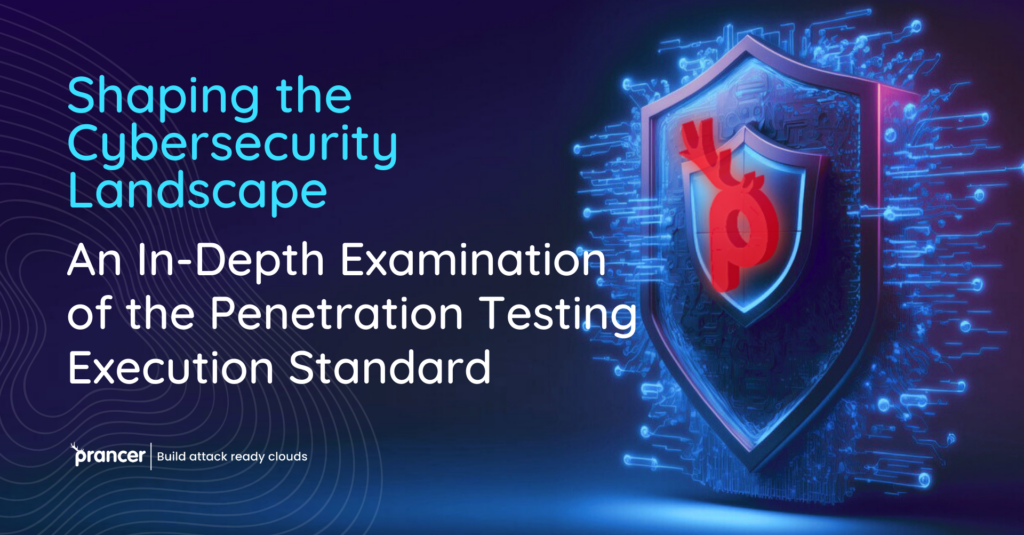
In the fast-changing online world, cybersecurity dangers are getting more complex. This makes organizations work harder to protect their essential things. One meaningful way they do this is by using penetration testing. This is when they carefully check how safe systems, networks, and apps are. To ensure everyone does things similarly, they made the Penetration Testing Execution Standard (PTES). This detailed look will explain PTES and how it helps strengthen cybersecurity.
Deciphering the Penetration Testing Execution Standard (PTES)
The Penetration Testing Execution Standard (PTES) is a well-known guide. It explains how to do penetration testing in a step-by-step way. The PTES describes the steps and methods to do a complete penetration test. This helps organizations find and handle possible security problems well. By following PTES, organizations can ensure everyone does penetration testing similarly and fairly.
The Penetration Testing Execution Standard at Work
The Penetration Testing Execution Standard (PTES) has important steps to do a successful penetration test. These steps are talking to people before starting, collecting information, understanding threats, checking for problems, trying to break in, checking after breaking in, and making a report. Each step is made to find the issues and help organizations know about their safety. If you follow PTES, it makes sure everyone does testing fairly and carefully. This allows organizations to find and fix problems in a good way.
Introducing Prancer: The Future of Penetration Testing
When it comes to testing security, Prancer Enterprise is an excellent choice. Using its modern cloud security system, Prancer helps organizations do thorough and fast tests on their systems, networks, and apps. Prancer cares about the Penetration Testing Execution Standard (PTES), which means organizations can do things in the best way and check security well.
Prancer's system has many helpful tools to make penetration testing easy and good. It starts with setting up projects and keeps everything organized. It does automatic checks and also lets people do tests themselves. This way, Prancer helps organizations find problems in security and places where more than safety is needed. It works well with how things are done, so using Prancer makes checking security simple and regular.
Also, Prancer gives outstanding reports that tell security teams and other essential things quickly. These reports show what problems were found, how serious they are, and what should be done to fix them. This helpful information helps organizations know what issues to fix first and how to make things safer.
Conclusion
The Automated Penetration Testing Execution Standard (PTES) is necessary for helping organizations do good penetration testing. When organizations follow PTES and use intelligent tools like Prancer Enterprise, they can find problems, see how bad they can be, and strengthen their safety. With Prancer working well and following the rules, organizations can navigate the tricky testing parts and be ready for new online dangers. Be smart and strengthen your online safety using the Penetration Testing Execution Standard and Prancer Enterprise.
